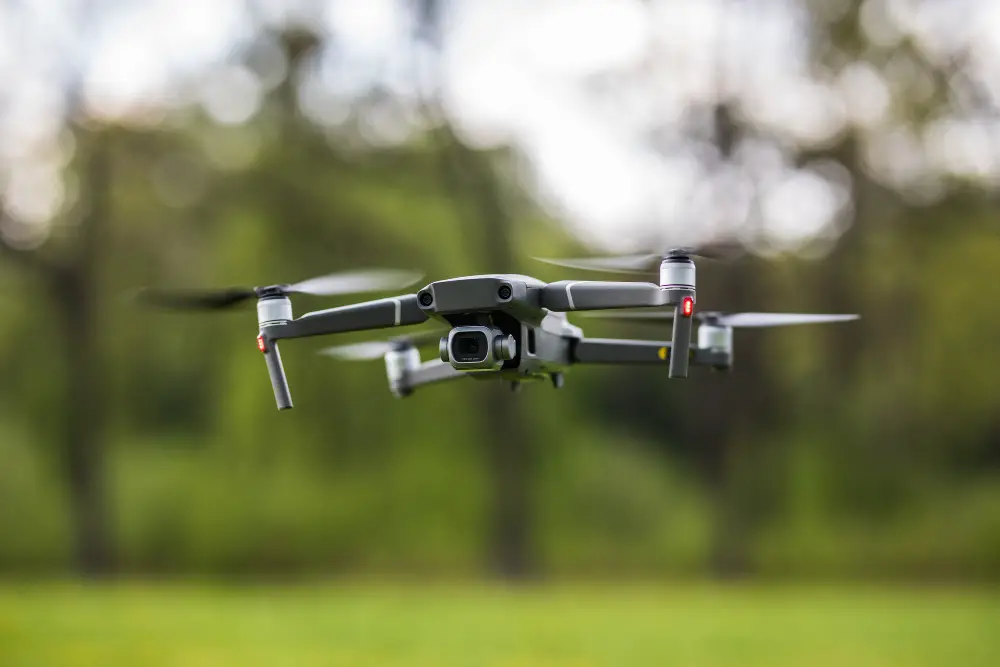Golf’s evolution can be traced back more than 600 years and the game is still considered elite in a few countries and is the place where high-net-worth investors play some putts. The early green groundskeepers were employed to manually carry out the maintenance work. They cut the grass and thumped the dirt down to make it even wherever necessary. Weeds were removed with hands and watering cans were used to nourish the grass. Later a man named Old Tom Morris, a renowned green or groundskeeper who also played the game, started maintaining the golf course. His practices involved top dressing, regulating, and feeding lime sulfates to the grass to look fresh and picture-perfect.
Golf is a game that spread to other countries through colonial impact and now one can find turf and irrigation supplier from South East Asia making waves in the sports arena. Today’s turf managers are ditching the old ways and using high-tech tools to make courses amazing. These tools are like super helpful assistants, giving information about things we can’t always see, like how much water the grass needs or if there’s a hidden patch of disease about to erupt. This helps keep the course healthy and green while using less water and fewer chemicals. Not only does this benefit the environment, but it also creates a more enjoyable experience for golfers by ensuring smooth putting greens and well-maintained fairways. So, next time you’re golfing and marveling at the course conditions, remember that there might be some silent tech heroes working behind the scenes!
From Green Thumbs to Tech Wizards: How Technology is Revolutionizing Golf Course Turf Management
Here’s a closer look at six cutting-edge technologies that are reshaping the world of golf course turf management:
1. Advanced Mowing Technology: Precision with GPS and Robotic Solutions
1.1. Precision Mowing with GPS
Gone are the days of relying solely on human judgment and manual mowing patterns. With the integration of GPS technology, golf course maintenance crews now have access to unparalleled precision in mowing. These advanced mowers utilize satellite navigation to create precise mowing patterns, ensuring every inch of the course receives consistent and uniform attention. By eliminating overlaps and missed spots, GPS-guided mowers not only enhance the aesthetics of the course but also optimize playing conditions for golfers. The benefits extend beyond visual appeal, with reduced fuel consumption, minimized turf wear, and enhanced operational efficiency.
1.2. Robotic Mowers
Enter the era of autonomous mowing with robotic solutions designed to revolutionize turf management practices. Robotic mowers are the epitome of innovation, equipped with advanced sensors and programming to navigate the course with unmatched precision. Pre-programmed to follow specific cutting patterns, these autonomous machines tirelessly traverse the fairways and greens, ensuring continuous maintenance day and night. Unlike traditional mowers, robotic counterparts offer 24/7 mowing capabilities, reducing labor costs and maximizing operational efficiency. Their quiet operation and precise cutting make them ideal for maintaining the immaculate standards expected on golf courses while minimizing disruptions to players and nearby residents.
2. Soil Moisture Sensors
These tiny technological marvels act like underground spies, constantly monitoring moisture levels in the soil. Strategically buried beneath greens, fairways, and roughs, these sensors provide real-time data on how much water the turf needs. This information is crucial for course managers to implement efficient irrigation practices. By watering only when necessary, they can conserve precious water resources while ensuring the turf remains healthy and playable.
3. Drones for Mapping and Spraying
Drones are no longer just for hobbyists. In the world of golf course management, they’ve become invaluable tools. Equipped with high-resolution cameras and specialized sensors, drones can create detailed maps of the entire course, pinpointing areas with specific needs. This allows for targeted application of fertilizers, pesticides, and fungicides, ensuring only the necessary areas are treated. Drone spraying is much more precise than traditional methods, minimizing waste and environmental impact. Additionally, drones can be used to inspect hard-to-reach areas, identify potential problems like disease outbreaks, and monitor overall course health.
Read also: How Drones Aid in Disaster Recovery and Tech Infrastructure
4. Weather Stations With Disease Prediction
Gone are the days of relying solely on intuition to predict potential turf threats. Modern weather stations, strategically placed around the course, collect real-time data on temperature, humidity, rainfall, and wind speed. This information, combined with historical data, is fed into sophisticated computer programs that can predict the likelihood of specific diseases attacking the turf. Armed with this knowledge, course managers can take preventative measures, such as applying targeted fungicides, before an outbreak occurs. This proactive approach keeps the course healthy and minimizes the need for reactive treatments.
5. Spectrum Analysis Tools
Think of these gadgets as a check-up for the grass. Spectrum analysis tools utilize light to analyze the chemical composition of the soil. By measuring the reflected light spectrum, these devices can identify the presence and levels of various nutrients in the soil. This information is invaluable for course managers as it allows them to create targeted fertilizer plans. Instead of applying a one-size-fits-all approach, they can provide the turf with exactly the nutrients it needs to thrive, leading to healthier growth and a more vibrant course.
6. Automated Irrigation Systems
AI also aids an irrigation system that adjusts itself based on real-time conditions. This is the future with automated irrigation systems. These advanced systems utilize a network of sensors strategically placed throughout the course. The sensors collect data on soil moisture, temperature, wind speed, and sun exposure. This information is then fed into a central computer program that controls the irrigation system. Based on the real-time data, the system automatically adjusts the amount and timing of water delivered to different areas of the course. This ensures that each section receives the optimal amount of water, regardless of sun exposure, soil type, or current weather conditions. Automated irrigation systems not only conserve water but also promote healthy turf growth by preventing over or under-watering.
Read also: Greenhouse Farming Revolution – IoT and AI for Sustainability
Frequently Asked Questions (FAQs)
1) How has technology changed golf course maintenance over time?
Technology has significantly evolved golf course maintenance by introducing advanced tools and techniques such as precision mowing with GPS, drones for mapping and spraying, and smart turf sensors. These innovations have improved turf health, optimized water usage, and enhanced overall playing conditions.
2) What are some of the key benefits of using advanced turf management technologies?
Using advanced turf management technologies offers numerous benefits, including improved playing conditions, reduced resource consumption (such as water and fuel), enhanced operational efficiency, and minimized environmental impact. Additionally, these technologies allow for data-driven decision-making, resulting in more effective and sustainable course maintenance practices.
3) Are these high-tech solutions accessible to all golf courses, regardless of size or budget?
While some high-tech solutions may require a significant initial investment, many technologies are becoming more accessible to golf courses of all sizes and budgets. Additionally, advancements in technology have led to a wider range of options and pricing tiers, making it possible for golf courses to adopt solutions tailored to their specific needs and financial constraints. Furthermore, the long-term benefits and cost savings associated with improved efficiency and sustainability often justify the initial investment in these technologies.
Conclusion
As the popularity of golf continues to rise, the demand for meticulously maintained courses is only going to grow. This is where technology steps up to the tee. By leveraging these sophisticated tools, course managers can ensure consistently high-quality playing conditions, attracting golfers of all skill levels. The benefits extend beyond the course itself. Studies have shown that proximity to well-maintained golf courses can increase property values in surrounding neighborhoods. So, the next time you’re marveling at the immaculate fairways and smooth greens, remember, there’s a good chance there’s a team of tech wizards working behind the scenes, using cutting-edge tools to keep the course looking its best and your property value on the rise.


